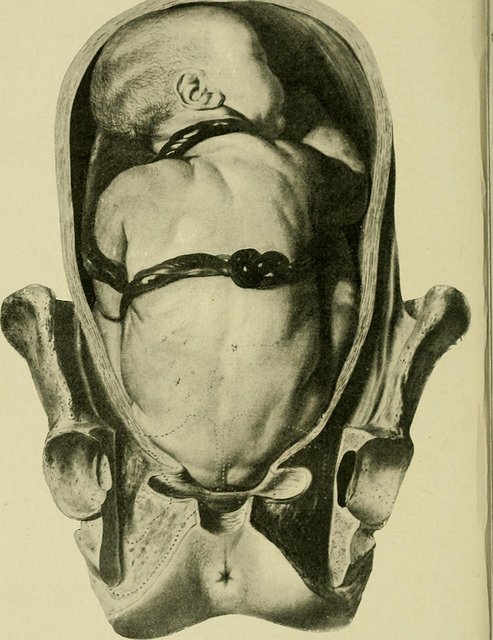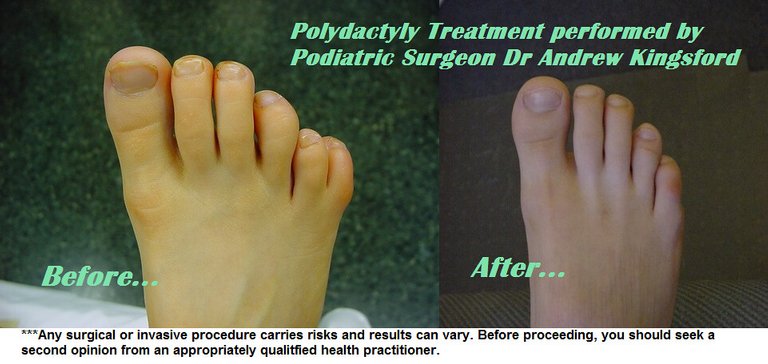There were a lot of ephemeral names when I was growing up, especially between four(4) and three(3) decades ago in southern part of my country. People who lived within that region and before or during that era will understand these ephemeral names and the meaning attached to those names.
My People used to consider any abnormality during the course of delivery a new born baby, especially when given name to such a child, they used to attach too much important to the way a child was born and consider the incident special as such there are associated names with some of the delivery incident that were common during that era.
However these ephemeral names seem to exist no more. Can it be due to civilization or what? May be such labor incidents seem to have been reduced or exist no more.
Most times, delivery a new born baby comes with no complications. However, all fingers are not the same, some pregnant women who had one disease or other conditions may face complications during their labor and delivery. Some may be natural though. As such some of this special delivery has their associated name in my people's dictionary
Let's discuss some of these delivery complication conditions and their ephemeral names which seem to have faded away or abolished in my society.
1.
| Malpresentation | Ephemeral name |
|---|---|
| Breech position | IGE |

Breech position (footling breech) : This is usually what my people used to call 'IGE' in Yoruba land. It is one of the types of breech position and sub types of Malpresentation whereby a child is born with one or both of the baby’s feet hanging just below its bottom. The normal and most convenient birth delivery is through the head coming out first but in this special delivery the child's foot or feet are coming out first as you can see from the diagram above. A child born through this special case is called 'IGE'.
2.
| Malpresentation | Ephemeral name |
|---|---|
| nuchal cord | OJO |

Nuchal cord : This is usually what my people used to call OJO in Yoruba land. Nuchal cord is an umbilical cord that is wrapped around a newborn child's neck in utero. Although it is usually harmless, in fact according to American Journal of Obstetrics and Gynecology reports in 2018, the result of their study reveals that most times, baby born through Nuchal cord usually do fine, they are common though and nothing to fear of as they are unlikely to cause problem during pregnancy or during child delivery.
3.
| Malpresentation | Ephemeral name |
|---|---|
| Polydactyly | OLUGBODI |
 [Image source: Flickr]
[Image source: Flickr]Polydactyly : This is usually what my people used to call OLUGBODI in Yoruba land. Polydactly just like the name indicates is from the Greek words with two derivatives. i.e poly which means many and dactylos which means finger.
They usually refers the extra fingers or extra toes as being “supernumerary” and that is why they usually described this condition as supernumerary digit. That is someone with more than the normal number of fingers or toes.
Research has revealed that there are different types of polydactyly but most of the polydactyly used to have the extra digit grows next to the fifth finger or toe.
Polydactyly has been confirmed to have a bond with families, that is, it tends to run in families. However, it may also be directly connected with genetic mutations or environmental causes and mostly people go for surgery in order to remove the extra digit.
Fact about polydactyly
- It is hard to come by say 1 in 1,000 newborn births.
- It is mostly common to men unlike women.
- The extra digit usually occurs at hands than feet.
- Both the right hand and the left foot are affected most.
Types of polydactyly
There are two major types of polydactyly namely : Isolated and Syndromic polydactyly.
Isolated polydactyly is the type of Polydactyly which occurs without other abnormalities. It is also called non-syndromic polydactyly
.
Types of Isolated polydactyly
Three types of isolated polydactyly has been established over the years and it was based on the position of the extra digit:
- Postaxial polydactyly : This is the type which occurs on the topside of the fifth digit hand or foot. If it occurs in the in the hand, it is referred to as the ulnar side and it is the most common type of polydactyly.
- Preaxial polydactyly : Unlike postaxial, preaxial occurs on the inside of the foot or hand where the thumb resides. If it occurs in the hand, it is called the radial side.
- Central polydactyly : This occurs in the middle digits of the hand or foot. It is not common though.
Syndromic polydactyly : I will not dwell much on syndromic polydactly as it is less common compare to polydactly.
4.
| Malpresentation | Ephemeral name |
|---|---|
| nuchal cord | AINA |

Nuchal cord : This is related to OJO but when the newborn child is female, my people used to call her AINA in Yoruba land. So I will not discuss much about it again since I have discussed the male part called OJO before.
Conclussion
In South western part of Nigeria in Africa and Yoruba tribe precisely. Over many decades ago, they used to attribute ephemeral names to some of the circumstances which occur during the cause of delivering a newborn baby. However, these ephemeral names are fading away and seem to have been abolished totally in our society.
One may wonder if those ephemeral names have any scientific connection with the circumstances that surround the delivery of such children.
Based on the evidence behind some of the delivery circumstances as discussed above, one may clearly assert that those ephemeral names has no scientific connection with science behind the delivery and complications as briefly explained here. However, for remembrance sake, they coined those ephemeral names and assumed some behavioural characteristics based on antecedents of children born with each of the circumstances discussed above.
Thanks for reading through, if you were born, delivered a child(ren) or have experience with one of the children born with any of the circumstances discussed above, I will like to read your comment.
References
What Is Polydactyly?
What does it mean if you're born with more than five fingers on a hand?
Malpresentation
6 Common Labor Complications, Explained
What happens if the umbilical cord is around my baby’s neck?
Congratulations @noble-noah! You have completed the following achievement on the Hive blockchain and have been rewarded with new badge(s) :
Your next target is to reach 500 replies.
You can view your badges on your board and compare yourself to others in the Ranking
If you no longer want to receive notifications, reply to this comment with the word
STOPCheck out the last post from @hivebuzz:
Interesting read. I think one of the reasons these kinds of names are not common again is that babies a birthed at the hospital mainly nowadays, unlike in the olden days when they are usually given birth to at home or local herbalist. Do modern-day Doctors care about all these things? I guess no. There is also another name, 'Oke', I think it is usually when babies are given birth to enclosed in some form of net. In the olden days, they applied palm oil to remove the net. I don't know if such still occurs today. I've not heard of it in modern settings.
Your points are all valid. However, only a senior man like you could remember the so called "OKE", in fact I didn't remember when writing this treatise.
I think it's hightime we compiled a list of those names for future references.
I appreciate your contribution to rekindle our forgotten Ephemeral names!
Thanks for your contribution to the STEMsocial community. Feel free to join us on discord to get to know the rest of us!
Please consider supporting our funding proposal, approving our witness (@stem.witness) or delegating to the @stemsocial account (for some ROI).
Please consider using the STEMsocial app app and including @stemsocial as a beneficiary to get a stronger support.